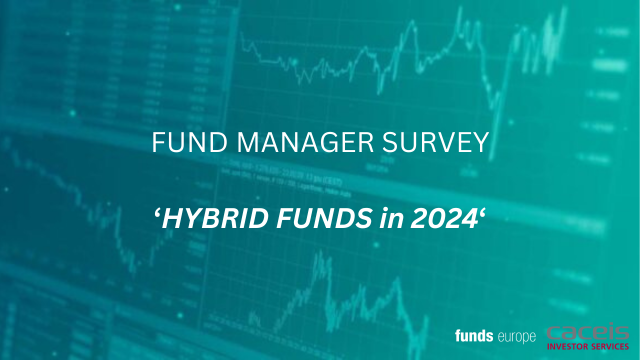Zach Lewy, CEO, CIO, of Arrow Global, explores the rise of private credit as a reliable alternative in European financing, attracting investors with promising returns and an ESG focus.
In a global financial landscape marked by tightening regulatory conditions, the real prospects of recession, and the continued retreat of traditional banks, private credit has carved a niche for itself, particularly in Europe. Here, small and medium enterprises (SMEs), professional real estate developers and the corporate credit sector are finding private credit firms a reliable alternative to conventional banking systems. As banks retrench, they leave behind a critical lending need filled by private credit entities.
The expanding role of private credit in SME financings
Historically, banks have been the linchpins of the lending ecosystem. New conditions have disrupted this stability, such as the potential for heightened capital requirements and the ongoing banking crisis affecting major players like First Republic, Signature Bank, SVB, Credit Suisse and UBS. These recent pressures have constrained banks’ ability to meet the credit needs of businesses and individuals.
Simultaneously, these same conditions have given rise to an advantageous position for asset managers with capital ready to deploy. Untethered by the regulatory restrictions that traditional banks face, prominent asset managers can leverage the opportunities created by the shifting tides.
Since the GFC in 2008, banks have been subjected to more stringent regulations, making lending less attractive. The historically low-interest rates maintained by the European Central Bank have also squeezed banks’ profits, diminishing the appeal of lending. Coupled with this, the high levels of non-performing loans (NPLs) are tying up capital and increasing the cost of lending, forcing banks to be cautious. Additionally, the advent of FinTech companies and digital banking platforms in Europe are shaking up the traditional banking landscape, while recent economic uncertainties have forced banks into more conservative lending stances.
However, every challenge brings with it an opportunity. The shift towards private credit is reshaping the financial landscape in a significant way. Private debt AUM is forecasted to grow at a compound annual growth rate (CAGR) of 10.8% between 2021 and 2027 to reach an all-time high of $2.3 trillion in 2027, a significant increase from the 2021 figure of $1.2 trillion. In contrast, other alternative assets AUM are projected to grow at a 9.3% CAGR during the same period, highlighting the increasing prominence of private debt in the market.
Private credit offers a compelling alternative to investors seeking better yields; consequently, more capital flows into this space. The promising risk-adjusted returns of private credit continue to attract investors, with nearly two-thirds saying they plan to increase allocations over the long term, the highest since 2016. In particular, direct lending, the largest strategy in private debt at 44% in 2021, is predicted to increase its share of AUM to 54% by 2027. Its strong returns are compelling for investors seeking to preserve purchasing power, particularly when compared with publicly traded instruments.
Embracing ESG private credit’s commitment to responsible investments
Moreover, there’s an increasing appreciation for the importance of ESG considerations in the investment process. Regulations like the EU’s SFDR and memberships like the UNPRI have underscored the necessity of incorporating ESG factors into investment decision-making and portfolio management processes. Furthermore, aligning investment strategies to these initiatives allows firms to integrate ESG as a core strategic pillar. As private credit firms embrace these regulations and reporting frameworks, they will be better positioned to meet the growing demand for responsible investments.
In conclusion, the rise of private credit as a significant player in European financing shows no signs of abating. Cycle-tested managers equipped with local knowledge, operational acumen, and a commitment to ESG considerations are well-placed to unlock value from their portfolios, helping to bridge the critical return gap. In a climate where public equities and bond markets continue to see compression, the gravitational pull of private credit is likely to grow ever stronger, contributing towards a more sustainable financial future.
© 2023 funds europe





